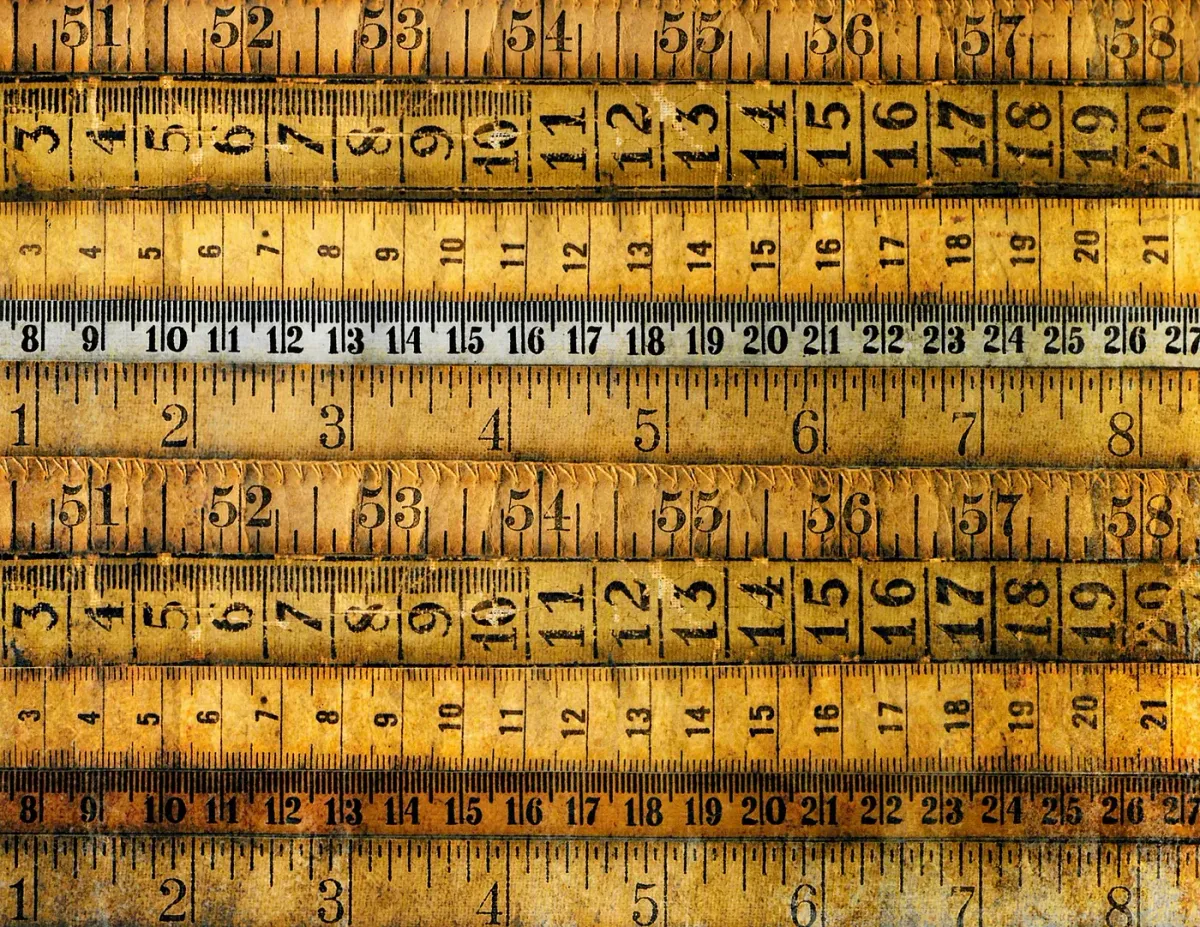Mighty Ruler Conquers Quadratic Equations
The methods of finding roots of a quadratic equations are quite easy and are very well understood. There are all kinds of approaches…

The methods of finding roots of a quadratic equations are quite easy and are very well understood. There are all kinds of approaches available, like algebraic, geometrical, graphical etc. The most common approach is the algebraic method, where we use the well known quadratic formula, given by

This formula gives both real and complex roots, depending on the sign of ( b² - 4ac ). Recently, a simpler algebraic formula has been observed, which we shall discuss in a different article. Here we are interested in a graphical approach to obtain the roots of a quadratic equation.
Real Roots
Suppose we need to find the solutions of the equation

Using the quadratic formula given above, we can obtain the roots as

Now, we do the same using the graphical method by following these steps —
- First, we plot this equation, which happens to be a parabola.

- Next, we mark the points where the curve meets the horizontal axis, called x−axis. These points are labelled as x₁ and x₂. We can see from the graph, that their values are “2” and “3” respectively. These are the two solutions of the given quadratic equation, and they match with the result obtained by the quadratic formula.
So, this method is quite easy and intuitive. Let us now move to the case when the roots are complex.
Complex Roots
Since the previous equation did not have complex roots, we have to use another one. We can modify the previous quadratic equation to look like this

We just changed the constant term from “6” to “7”.
Now, let’s again use the quadratic formula to obtain the roots

We see that the roots are complex. Now, let us try to find these roots by using the graphical method. We again plot the equation and get —

This graph looks a bit different from the previous case — the curve does not meet the horizontal axis. This is indicative of the fact, that there are no real roots of this equation.
This is usually, the end of story, for the graphical solutions of a quadratic equation with complex roots. But, there is one relatively obscure little idea hiding here!
Complex Roots, Revisited
Before we get back to the graph, let us do a bit of algebraic manipulation to the quadratic equation. We have obtained the complex roots, by using the quadratic formula as

If these are the solutions, then we can factor the quadratic equation as

In this particular form, we can see that the real part of the solution is embedded in the first term, while the imaginary part is embedded in the second term. Now, we are going to see how to extract these terms graphically.
The Mighty Ruler
Let us rewrite the last equation here

Now, it is clear that the right hand side of this equation is a positive quantity for all values of x. We also observe that if we put x = 5/2, the value of the expression is minimum. This just follows from the fact that the first term being a square of a quantity, is never negative; so its least possible value must be zero, which occurs at x = 5/2.
This suggests that if we can find a value of x where the curve has a minimum value, we have actually found the real part of the solutions!
Let us see this on the graph

We can use a standard ruler along the vertical direction passing through the point of minimum. The point where the ruler intersects the horizontal axis, is the location of the real part of the complex solution.
Quite nice!
Next, we need to locate the imaginary part. To do this, we go back to algebra for a moment. Let us take another look at the equation

In this equation, if we put x=5/2, we get

We know that the values of f(x) are located on the vertical axis. This means, if can find the point on the vertical axis corresponding to x=5/2, we have obtained the square of the imaginary part. This looks good, but we haven’t got the imaginary part yet, only its square. Also, there is no obvious way to obtain square roots of numbers using just a ruler.
Let us see if we can do better. Just like before, we write the quadratic equation as

Let us assume that for some value of x=x₀, we have

This means, we can say that

which leads to the following equality

This result suggests that, if we are actually able to find this point x=x₀, we can add (or subtract) 5/2 from it, giving us the imaginary part. In this way, we do not have to evaluate the square roots, and a ruler is just enough. Let us see how to do it on a graph.

Steps to follow —
- Locate the point P(5/2), which represents the real part of the solution as discussed earlier.
- Place the ruler in the horizontal direction passing through the point of minimum. The point where it meets the vertical axis, marked as Q, is the point f(5/2)=(√3/2)² ; which means we have located the square of the imaginary part.
- Measure the length of OQ using the ruler, and mark a point S such that OS = 2 × OQ.
- Place the ruler in the horizontal direction passing through the point S. Mark the point where the ruler meets the curve. Actually, the ruler will meet the curve at two points, and we can choose either one. Here we choose the one on the right side of the curve.
- Place the ruler in the vertical direction passing through this point. Mark the point where the ruler meets the horizontal axis. According to the algebra before, this point happens to be x₀.
So, we have obtained the point x₀ as required. Therefore, we can finally extract the imaginary part by simply measuring the length of the line segment PR, which really corresponds to (x₀ - 5/2). According to the algebra before, this subtraction directly gives the imaginary part of the complex roots.
That’s it! We have found a graphical method to obtain the real and complex roots of any quadratic equation, using just an ordinary ruler.
This article was originally published at physicsgarage.com





